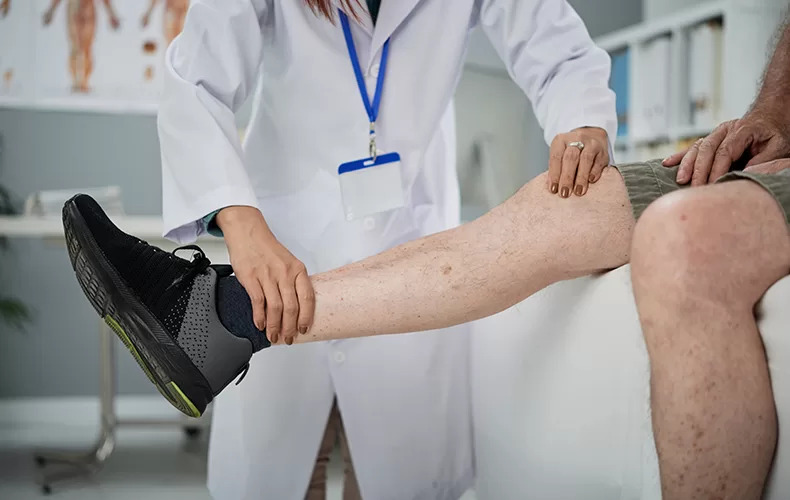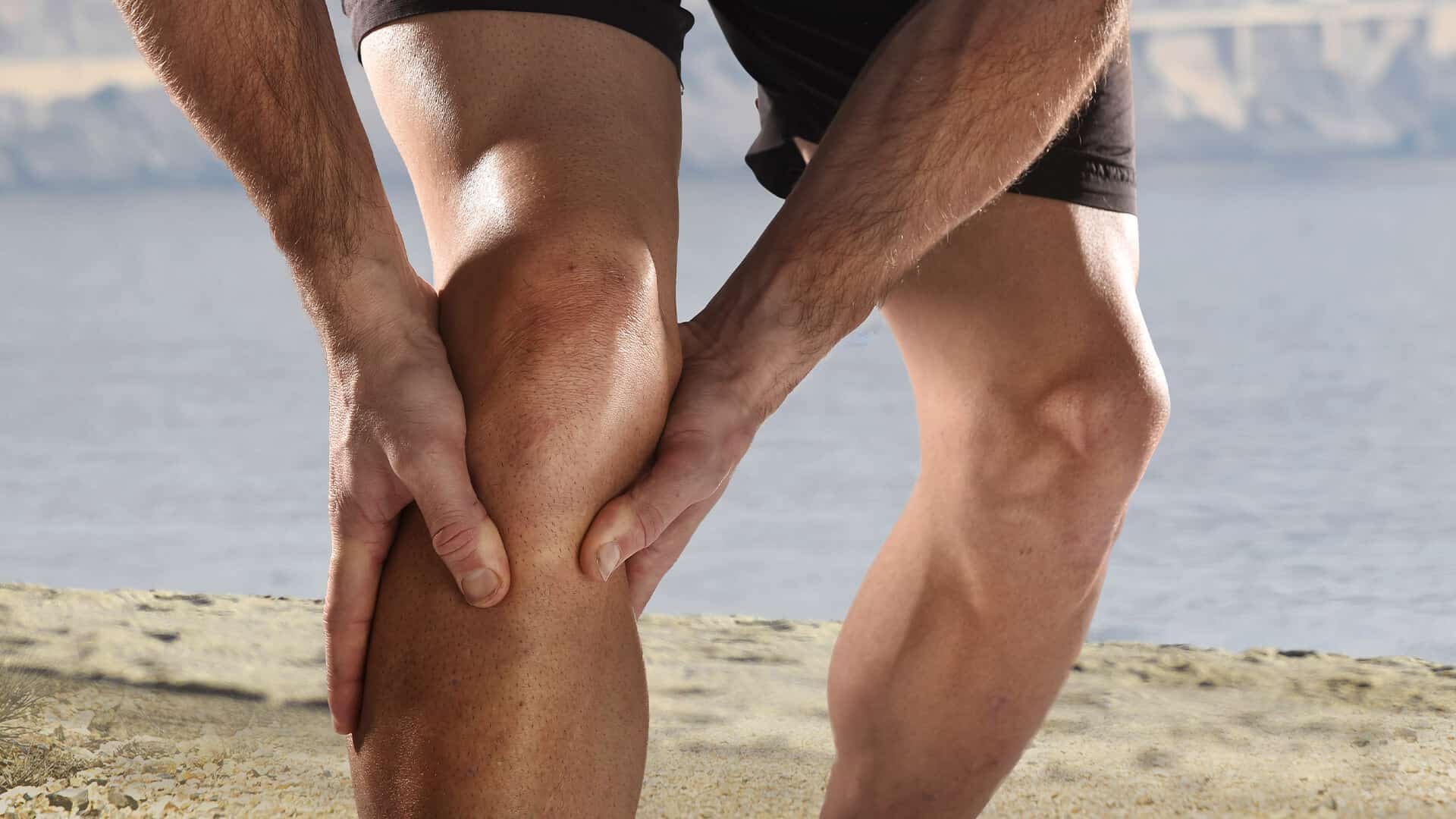Peripheral Artery Disease (PAD) is a common circulatory condition that affects millions of people worldwide. It occurs when there is a narrowing or blockage in the blood vessels that carry blood to the limbs, most commonly the legs. This restriction in blood flow can lead to various symptoms, such as leg pain, cramping, numbness, and weakness. If left untreated, PAD can have serious consequences, including impaired mobility, non-healing wounds, and even amputation. However, with advancements in medical care and a comprehensive approach, the battle against PAD can be won.

One of the key elements in conquering PAD is early detection. Many people dismiss leg pain as a normal part of aging or attribute it to other factors. However, it’s crucial to recognize that leg pain can be a warning sign of underlying vascular disease. If you experience persistent leg pain or discomfort, especially during walking or exercise, it’s important to consult a healthcare professional. They can conduct a thorough evaluation and perform diagnostic tests to determine if PAD is the underlying cause.
Specialty Care Clinics play a vital role in the diagnosis and management of PAD. These clinics are staffed with healthcare providers who specialize in vascular diseases, including PAD. Through their expertise, they can accurately diagnose the condition and develop personalized treatment plans. By mentioning specialty care clinics early in this blog, we emphasize their significance in the battle against PAD.
Once diagnosed, the next step in conquering PAD involves implementing a multifaceted treatment approach. Lifestyle modifications are often the first line of defense. These include adopting a healthy diet, regular exercise, smoking cessation, and managing other underlying risk factors such as high blood pressure, diabetes, and high cholesterol. Lifestyle changes not only improve overall cardiovascular health but also help alleviate symptoms and slow down disease progression.
In addition to lifestyle modifications, medication therapy plays a crucial role in managing PAD. Medications may be prescribed to control blood pressure, lower cholesterol levels, prevent blood clots, and manage diabetes. These medications work synergistically to improve blood flow and reduce the risk of complications. Regular follow-up visits with healthcare providers, including specialists at specialty care clinics, are essential to monitor the effectiveness of medications and adjust the treatment plan as needed.
For some patients with severe PAD, interventional procedures or surgery may be necessary to restore blood flow to the affected limbs. These procedures, such as angioplasty and stenting, bypass surgery, or endarterectomy, aim to remove blockages and improve circulation. Specialized vascular surgeons perform these interventions, call (469) 545-9983 for your treatment plan, specialty clinics often have the necessary facilities and expertise to provide these services. By mentioning specialty care clinics a second time, we emphasize their role in offering comprehensive treatment options for PAD.
In recent years, advancements in medical technology have brought about innovative treatments for PAD. One such treatment is the use of minimally invasive procedures, such as atherectomy or laser therapy, which can precisely target and remove plaque buildup in the arteries. These procedures are typically performed on an outpatient basis, allowing patients to recover faster and resume their daily activities sooner.

Another groundbreaking development in PAD treatment is the use of regenerative therapies. Stem cell therapy and platelet-rich plasma (PRP) injections have shown promising results in promoting tissue healing and improving blood flow. These therapies have the potential to revolutionize PAD management by stimulating the body’s natural healing processes and reducing the need for invasive procedures.
Patient education and support also play a crucial role in conquering PAD. Awareness campaigns, community initiatives, and patient support groups can provide valuable information, resources, and emotional support to individuals affected by the disease. Empowering patients with knowledge about PAD, its symptoms, and available treatment options can lead to earlier detection, better adherence to treatment plans, and improved outcomes.
In conclusion, conquering the battle against Peripheral Artery Disease requires a comprehensive approach involving early detection, Specialty Care Clinics, lifestyle modifications, medication therapy, interventional procedures, and patient education. By addressing PAD from multiple angles, we can improve the quality of life for individuals living with this condition and prevent its potentially devastating complications. Remember, if you experience leg pain or other symptoms suggestive of PAD, don’t hesitate to consult a healthcare professional. Together, we can overcome this challenge and pave the way to a healthier future.
